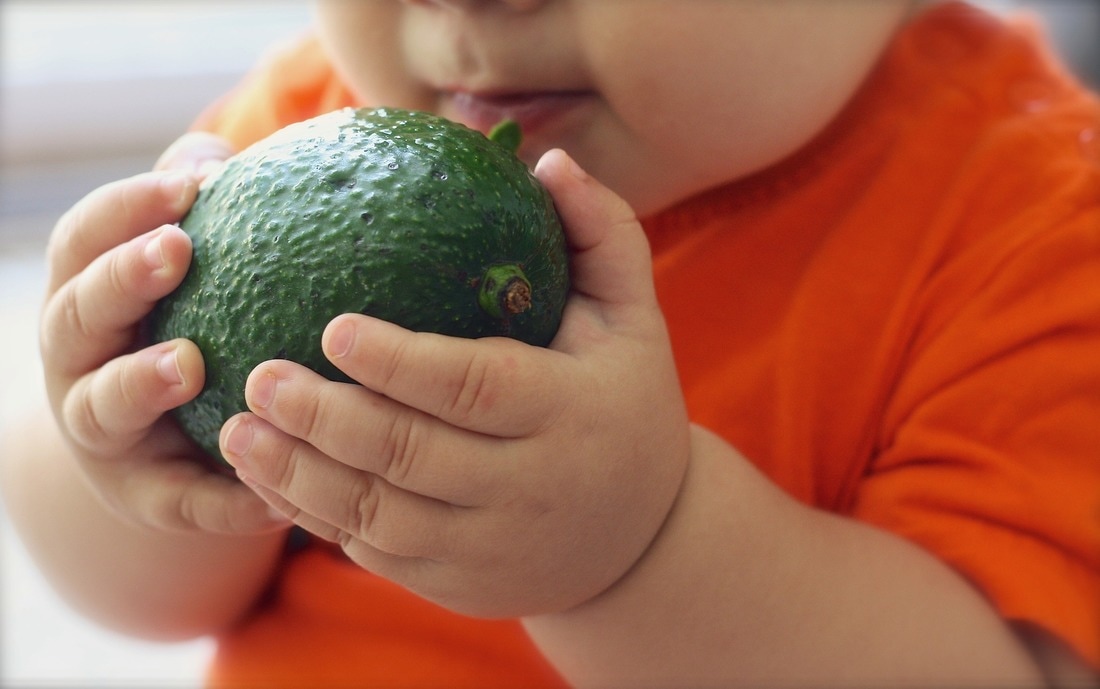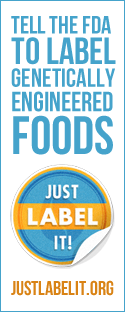|
Although flavor is a top concern for adults when buying foods for themselves, it is secondary to health concerns when buying food for children. However, there is some overlap between health and good flavor. Parents’ preference for additive-free foods is not just about avoiding certain ingredients, it is involves a perception of quality when choosing foods that contain wholesome, fresh-sounding ingredients.
Also read, Fast food chains urged to serve water, not soft drinks to kids. Many parents sample their children's baby food, meaning the product's taste must appeal to adults as well as babies, according to Mintel. Adults may eat baby food products in an effort to convince their children to try it, or to ensure it has the appropriate temperature or texture. Many also help finish their children’s food by eating it themselves, including almost half of French parents of children up to age 4. The top concern for parents when buying baby food is that it is free of additives, preservatives and contains no added sugar. The market reflects these demands, with more than half of all baby foods and drinks recently launched in Europe featuring a no additives/preservatives claim, and 45% featuring a no/low/reduced sugar claim, compared to a third of products launched the previous year. In the U.S., leading brand Gerber has lost ground to smaller organic companies because of this perception, even though the legacy brand has innovated with pouched products and organic lines. Gerber now represents about 25% of the baby food market. Its sales fell 2% last year, according to Euromonitor International. Meanwhile, parents are turning to upstart natural brands, such as Ella’s Kitchen, Sprout, Happybaby, Earth’s Best and Plum Organics. Parents are not the primary consumers of baby food, but they want their children to eat as well as possible. As a result, many health and wellness trends in adult food also apply to what is consumed by a baby, and often to an even greater extent. Product launches containing kale, for example, have skyrocketed in recent years, and nowhere more so than in baby food. According to Nielsen data, launches of baby food containing kale were up 391% in the 12 months through February of this year. The fastest growing category for adult-targeted foods – wholesome snacks – saw 143% growth over the same period. Baby food manufacturers may benefit from paying attention to the types of foods adults aspire to eat – rather than what they actually eat – as a sign of what they are likely to buy for their children. SOURCE Caroline Macdonald, Food Dive
1 Comment
8/21/2017 11:10:37 pm
Hey, very nice site. I came across this on Google, and I am stoked that I did. I will definitely be coming back here more often. Wish I could add to the conversation and bring a bit more to the table, but am just taking in as much info as I can at the moment. Thanks for sharing.
Reply
Leave a Reply. |
Advertisement
News & Updates
Stay informed with the latest news around foodservice, agriculture and other related food news. Advertisement Opportunities
|


 RSS Feed
RSS Feed


